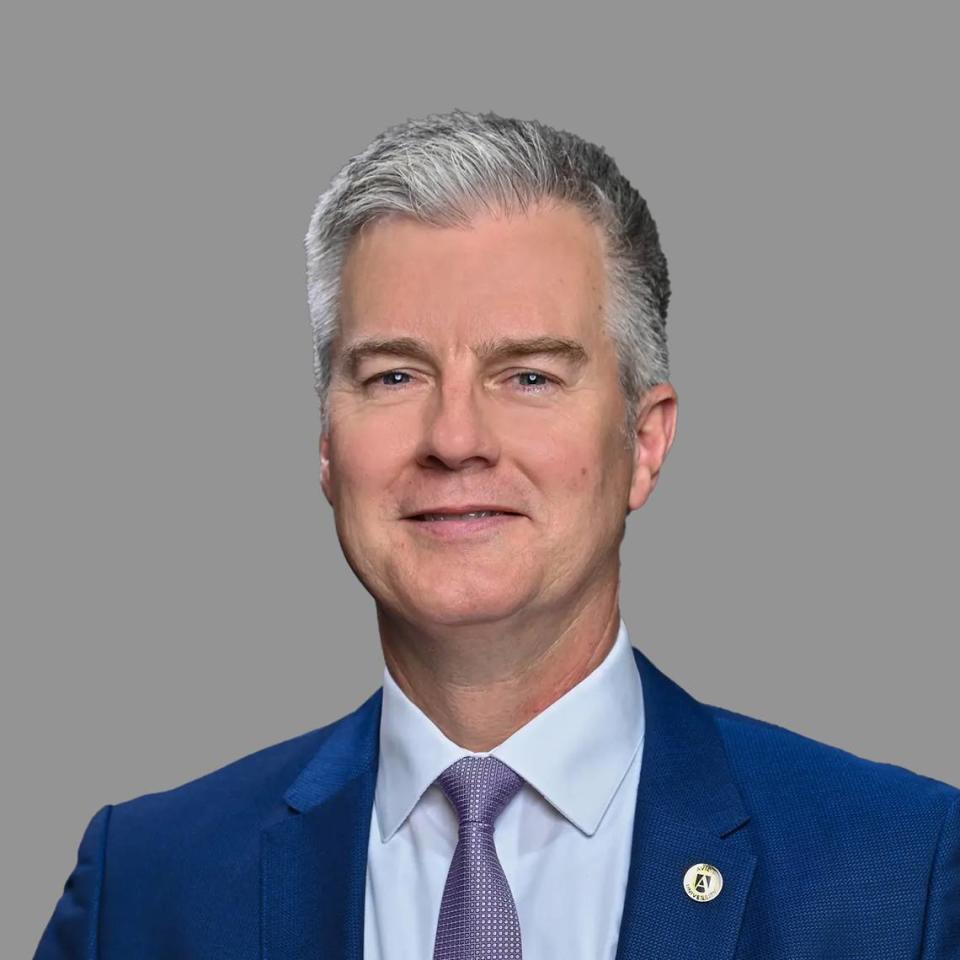College students are facing a real FAFSA loan crisis. Is anyone paying attention? | Opinion
“There’s nothing that does so much harm,” said the late University of Chicago economist Milton Friedman, “as good intentions.” Rarely has this been as pronounced as in the Department of Education’s troubled rollout of Free Application for Federal Student Aid or FAFSA this year — one that is likely to prove catastrophic for students and families from the very underserved communities it was intended to aid.
Four years ago, Congress passed the FAFSA Simplification Act, designed to streamline and make fairer the frustrating — and sometimes agonizing — process 17 million American families endure each year to access Pell grants and student loans for college.
The cumbersome process frustrated even those who are experienced in the educational and financial systems, and have a mastery of English. But it proved a daunting barrier to entry for first-generation students, applicants for whom English is a second language, students with complex family structures and applicants who struggled to navigate the bureaucracy of the form. “The Better FAFSA” promised fairness, more aid for low-income students and greater access to the transformative power of a college degree.
After years of delay, the Department of Education began the transition, planning to have Better FAFSA online by December 2023 — already too late for many students applying for financial aid.
Some students apply to colleges in the fall to learn their admissions status. Their final choice often depends on schools’ offer letters detailing scholarships, grants and loans. Colleges need FAFSA information to issue these letters. Without them, students and families are in the dark.
As of the end of spring 2024, data estimates that more than 12% fewer high school seniors — over 262,000 students — had not completed a FAFSA relative to this time a year ago.
And what happens when a student delays enrollment, as potentially hundreds of thousands may end up doing? Too often, they do not return to college.
The most vulnerable in our society are hit hardest by this crisis. Students from lower-income and minority-serving high schools have seen a greater decline in FAFSA completion compared to those from higher-income and less diverse high schools.
As vulnerable populations suffer, so do institutions that serve them. Many private colleges and universities are already in fiscal crisis following the one-two punch of COVID-19 and a rapid fall-off in the number of high school graduates — known as the “demographic cliff.” A major drop in enrollments this fall may push many of those vulnerable institutions right off the ledge.
The education research company EAB reports that FAFSA filings to larger, public institutions are faring better than small private institutions, with public schools’ enrollments down 11% versus 2023, while private institutions’ are down almost 20%.
Much of this may be attributed to private university pricing models and the reality that to attend a small, private institution, most students need much larger scholarships.
Fitch Ratings warns that federal and state actions threaten the financial health of private colleges serving minority and low-income students. The FAFSA crisis and new mandates endanger the ecosystem supporting vulnerable students, especially small institutions.
Institutions such as Avila University serve our communities by providing ladders of social mobility for first-generation students. And they are needed: A college degree is still the most significant tool in this nation’s toolbox to promote intergenerational social and economic mobility. Too little attention has been paid to the potentially disastrous impact this year’s FAFSA crisis could have on the very populations it is intended to serve — or to the remedies we must put in place to assure that vulnerable students and the colleges that best serve them will be supported even after Better FAFSA is finally fixed.
Jim Burkee is the 15th president of Avila University in Kansas City.


